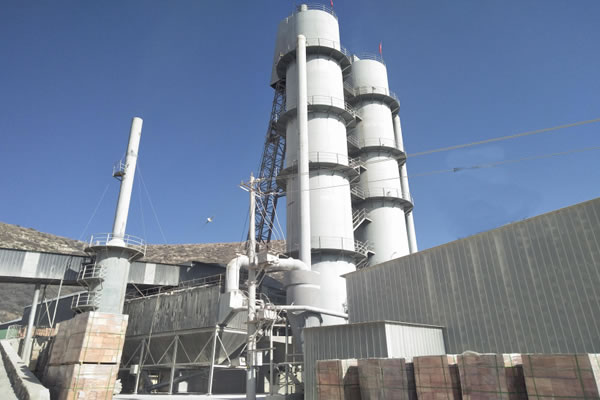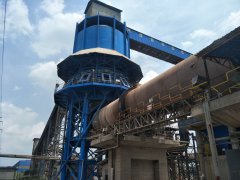A lime shaft kiln is a type of kiln used for the production of lime from limestone. It is a vertical kiln, with multiple shafts situated one above the other. The limestone is charged at the top and is calcined as it descends through the kiln by the heat of the combustion gases moving counter-currently to the flow of the limestone. The combustion gases are introduced at the bottom of the kiln, and the exhaust gases exit at the top.
The lime shaft kiln is a highly efficient and economical method of producing lime, as it requires less fuel and is more compact than other types of lime kilns. It is also able to produce high-quality lime with a low residual CO2 content, making it a popular choice for industries such as steelmaking, chemical processing, and construction.
However, lime shaft kilns also have some disadvantages, such as limited capacity, high maintenance requirements, and a relatively high level of emissions, which can be mitigated by the use of modern technology and improved operating practices.



